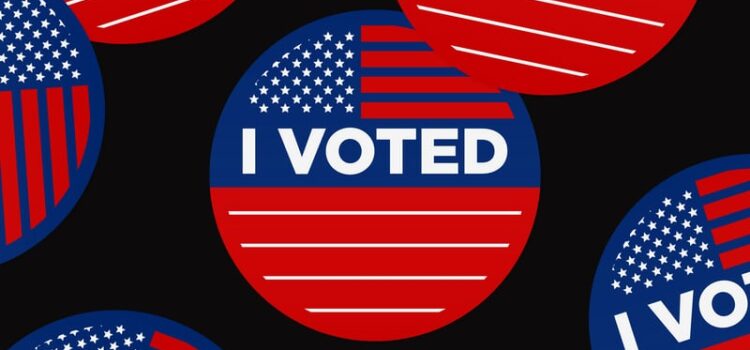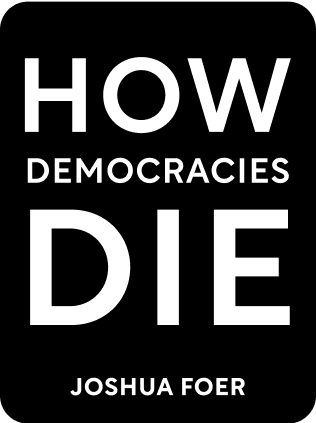

This article is an excerpt from the Shortform book guide to "How Democracies Die" by Steven Levitsky and Daniel Ziblatt. Shortform has the world's best summaries and analyses of books you should be reading.
Like this article? Sign up for a free trial here .
What happened at the 1968 Democratic National Convention? Why was this part of safeguarding democracy?
At the 1968 Democratic National Convention, the party officially nominated for president a candidate who hadn’t won any primaries. This caused many to push for change in how candidates were nominated, so they could be chosen by the people and not party elites.
Read more about the 1968 Democratic National Convention and the democratic safeguards that were put in place.
The 1968 Democratic National Convention
In American politics today, party insiders play a far less decisive role in controlling presidential nominations. How did this come to be? We can trace the demise of the old party gatekeeper system to the turbulent events of the 1968 Democratic National Convention in Chicago.
Party delegates, deeply divided over the Vietnam War, entered the 1968 Democratic National Convention with no clear consensus on who the nominee should be, as no candidate had secured a majority of delegates during the primaries. At the convention, party insiders installed Hubert Humphrey—a candidate who had not run in any primaries—as the nominee.
But this was to be the last such presidential nomination carried out in this fashion. At a time when people were taking to the streets to protest the Vietnam War and popular candidates like the recently slain Robert F. Kennedy had helped open the door to a more representative form of party politics, the installation by a handful of party insiders of Humphrey at the top of the ticket was no longer considered acceptable. The circumstances under which Humphrey was selected dealt a crushing blow to the old party boss system and prompted calls for reform.
The McGovern-Fraser Commission: Tearing Down the Guardrails
Those calls for reform resulted in the McGovern-Fraser Commission, a panel within the Democratic Party that was tasked with revising the rules governing its nomination of candidates for the presidency.
The commission shifted the party to a system of state-level primaries for the 1972 presidential election. Rank-and-file party members would directly elect delegates to the national convention, giving voters direct control over the presidential nomination process for the first time. Similar rules were adopted by the Republican Party before the 1972 presidential election.
What this meant in practice was that the old party gatekeepers were mostly gone. There were no more bosses or insiders who could veto the people’s choice for the nomination or install their own favorite. Anyone could now run for the nomination and completely circumvent the traditional gatekeepers.
The Invisible Primary
At first, the new nomination system appeared to work quite well. Party insiders may no longer have been in direct control of the delegates on the convention floor, but the parties were initially successful at defeating the campaigns of insurgent outsiders. Such candidates generated lots of enthusiasm, but they fell far short of party presidential nominations.
This was because running a state-by-state primary campaign operation was a daunting and expensive task. A candidate would still need money, endorsements, media coverage, and television advertising to gain any traction. Thus, they would need to have access to the party’s traditional network of donors and fundraisers.
These donors and fundraisers became the new, de facto party bosses, capable of stifling the campaigns of outsiders deemed unacceptable by the party establishment. The effort to secure the loyalty and backing of such figures was even given a name by political scientists—the invisible primary. It appeared that party insiders could still effectively decide who would and wouldn’t become the presidential nominees of their parties. But the nomination of Donald Trump in 2016 would forever upend this conventional wisdom.

———End of Preview———
Like what you just read? Read the rest of the world's best book summary and analysis of Steven Levitsky and Daniel Ziblatt's "How Democracies Die" at Shortform .
Here's what you'll find in our full How Democracies Die summary :
- How shared norms are essential for preserving democracy
- Why the Trump presidency threatened those shared norms
- Why democracy goes beyond individual leaders and parties and must be a shared enterprise among committed individuals






